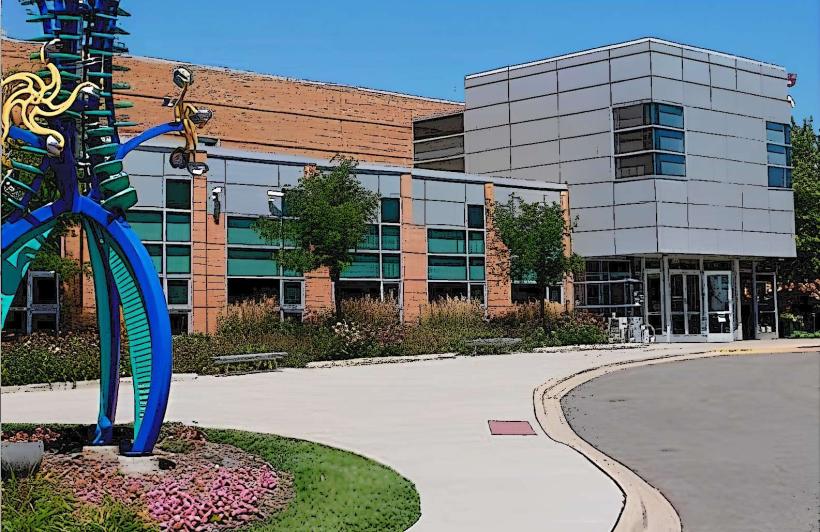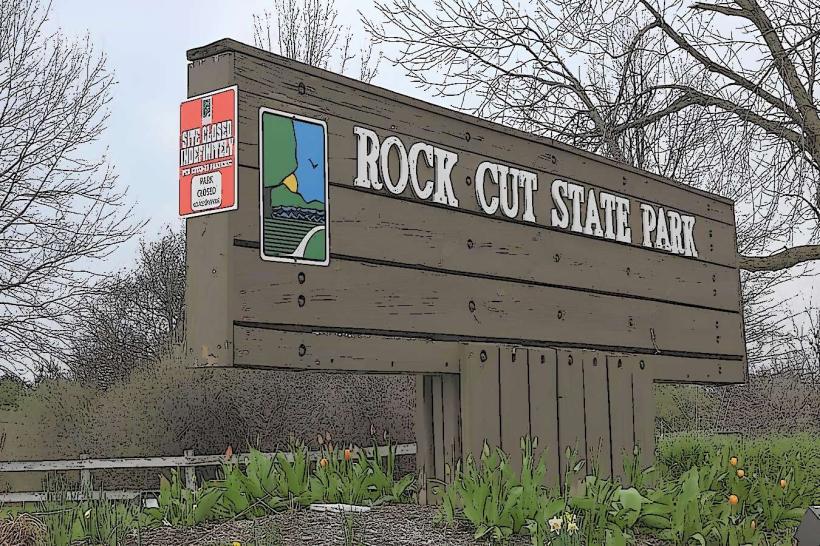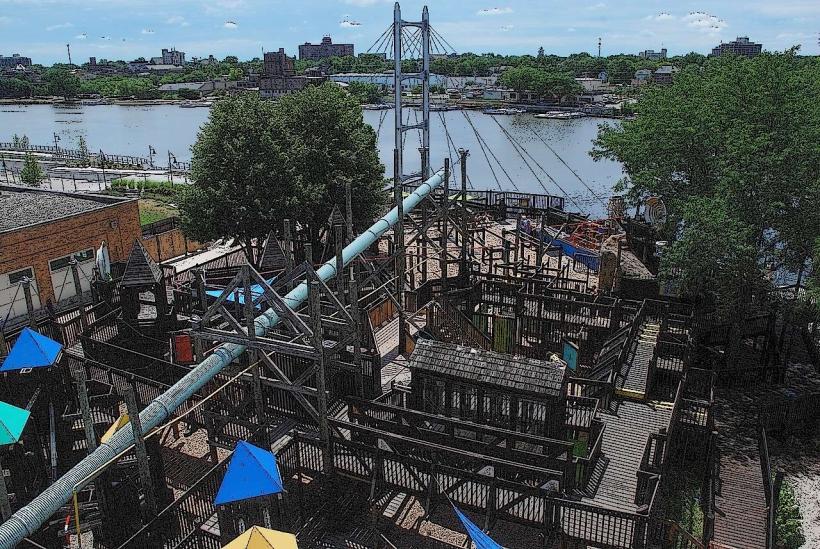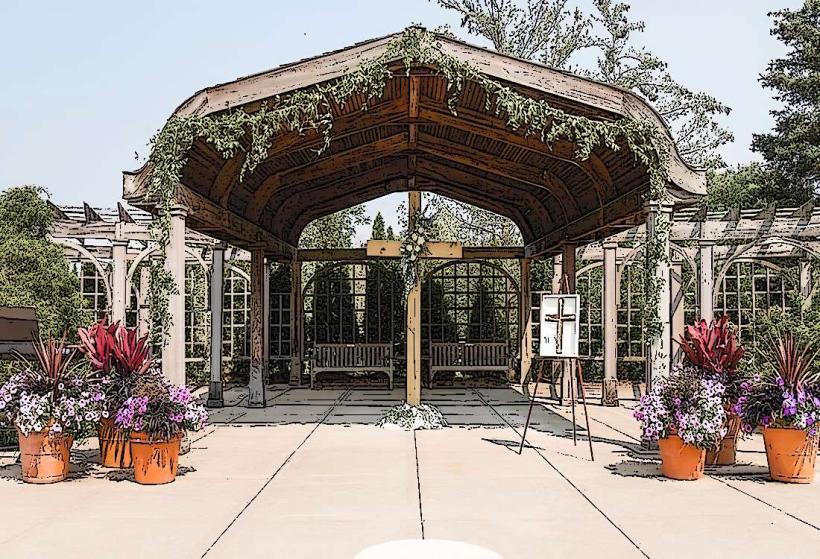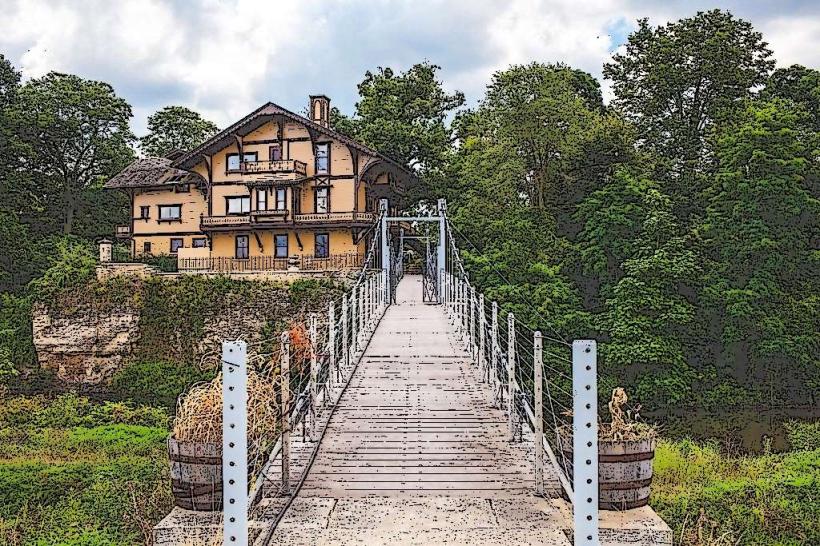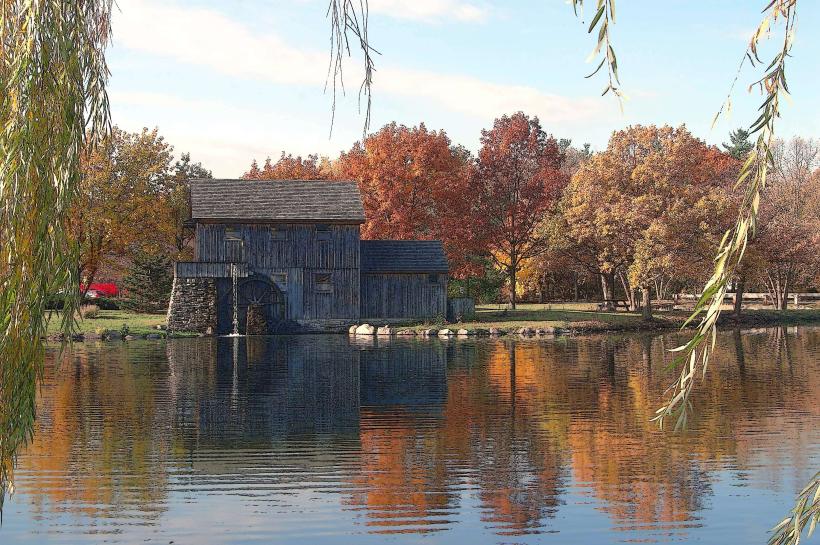Information
Landmark: Burpee Museum of Natural HistoryCity: Rockford
Country: USA Illinois
Continent: North America
Burpee Museum of Natural History, Rockford, USA Illinois, North America
Overview
At 737 North Main Street in Rockford, Illinois, the Burpee Museum of Natural History draws visitors with its acclaimed paleontology displays, including towering dinosaur skeletons, equally important founded in 1942, the museum blends educational programs with interactive exhibits you can touch, alongside ongoing scientific research.The museum sits on the banks of the Rock River in downtown Rockford, part of the Riverfront Museum Park campus it shares with the Discovery Center Museum and the Rockford Art Museum, likewise at the Burpee Museum, you’ll find exhibits that dive into earth science, uncover ancient fossils, explore local ecosystems, and share stories of Native American history.Students, families, and researchers explore from all over the Midwest, drawn in like moths to a porch light, moreover step into the Permanent Exhibits to meet Jane-a remarkably intact juvenile Tyrannosaurus rex, her bones still carrying the faint texture of ancient stone.Unearthed in Montana in 2001, Jane’s fossilized bones offer a rare glimpse into the world of young tyrannosaurs, right down to the fine ridges along her teeth, in addition the exhibit features a towering full-size skeleton, lifelike reconstructions, and crisp photographs tracing every step of the excavation and preparation.Mind you, The Homer’s Odyssey exhibit spotlights Homer, a young Triceratops unearthed in the dusty plains of Montana, to boot visitors get to explore the Triceratops-its anatomy, habitat, and behavior-by studying towering skeletons, peering at weathered fossils, and reading vivid story panels.Step inside the Carboniferous Coal Forest, a towering two-story exhibit that brings to life a dense, humid swamp from 300 million years ago, where giant ferns crowd the path and the air smells faintly of moss, while the diorama shows towering ferns, insects as vast as your hand, and the first amphibians stepping onto land.It shows visitors how dense, carbon-rich landscapes-once thick with towering plants-eventually gave rise to the Midwest’s coal deposits, likewise step into the Ordovician Sea, where shimmering waves once rolled over much of the Midwest more than 400 million years ago.You'll notice trilobites, crinoids, brachiopods, and ancient mollusks on display, each set beside clear notes telling the land’s deep geological story, as a result geoscience offers a sweeping inspect at Earth’s story, from how rocks form to the rumble of plate tectonics, earthquakes, and volcanoes, with mineral samples you can study up close, mildly You’ll find rocks striped with quartz, sparkling gems, and even meteorites gathered from every corner of the globe, likewise the First People - this exhibit tells the story of the indigenous communities who’ve lived around the Great Lakes for more than 12,000 years, from the first hunters to those who paddled birchbark canoes across its waters, moderately You’ll find real artifacts-pottery warm from years in the earth, worn tools, and hand-stitched clothing-alongside life-size replicas of a wigwam, a tipi, and a dugout canoe, alternatively windows to Wilderness showcases the ecology of the Rock River Valley, featuring native plants and animals-some alive and moving, others carefully preserved behind glass.It shows how the local landscape and ecosystems have shifted from the Ice Age to today, from frozen plains to green, wind‑swept hills, in addition kids can dive into hands-on stations where they trace paw prints, feel the softness of fur, and peek into miniature habitats.The Family and Interactive Spaces Sprouts Learning Lab welcomes kids under ten, offering a lively spot where modest hands can explore and play, furthermore you’ll find a fossil dig pit where kids can brush away sand, hands-on exhibits about animals and plants, and a few live reptiles watching from their glass enclosures.Through hands-on play, it brings geology and paleontology to life, letting kids explore fossils and rock layers as they learn the basics, meanwhile at the Fossil Preparation Lab, you can peer through a glass window and watch staff and volunteers carefully chip away at real fossils.Signs describe how artifacts are cleaned and preserved, and they share fresh updates on field finds and ongoing digs where dust still clings to the tools, after that the museum runs a wide range of educational programs for schools, homeschool groups, and scouts, from hands-on art projects to lively history tours.The public calendar offers guest lectures, hands‑on workshops, lively family science days, and summer camps where kids might launch paper rockets into the sky, besides certain programs let you join paleontologists in the field, brushing dust from fossils as they emerge from the earth.PaleoFest takes area every late winter, drawing crowds for one of the year’s biggest paleontology gatherings, where you might witness a fossil shark tooth up close, besides you’ll find public lectures, lively science panels, hands-on activities for kids, and chances to chat with scientists from across the globe.It’s one of the rare events you’ll find in the Midwest, the kind that might draw a crowd even on a windy February afternoon, equally important the Holocene Holiday, held in the heart of winter, dives into Ice Age creatures, the sweep of glacial history, and the story of the Holocene epoch-imagine mammoths under swirling snow.You’ll find crafts to make, stories to listen to, and science experiments you can try with your own hands-like mixing colors in a bubbling beaker, simultaneously the Burpee Museum is open every day from 10 a.m, kind of To 5 p.m, though it closes on certain major holidays, meanwhile admission is $10 for adults 13 and up, $9 for kids ages 3–12, and free for little ones under 3, almost You can pick up an individual or family membership, and seniors, military members, and groups get special rates, at the same time it’s part of a lively museum campus that also houses the Discovery Center Museum, the Rockford Art Museum, and nearby spots like Nicholas Conservatory and the serene Anderson Japanese Gardens.Inside, you’ll find a blend of hands-on science, educational programs, and exhibits that spark curiosity, consequently people comprehend it best for its paleontology collections, especially the juvenile T, partially Rex with teeth still sharp as pins, as a result rex “Jane” and the Triceratops “Homer” greet you at the entrance, and inside you’ll find family-friendly shows alongside deep, fascinating science-something for curious kids and devoted researchers alike.
Author: Tourist Landmarks
Date: 2025-10-02

